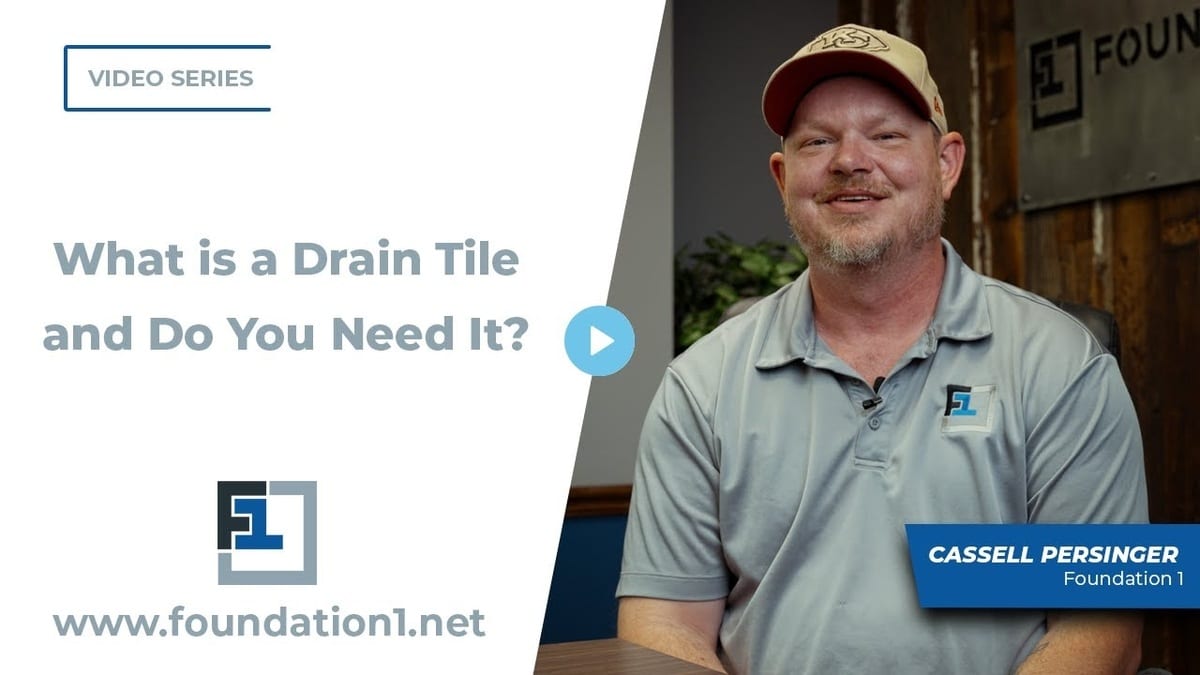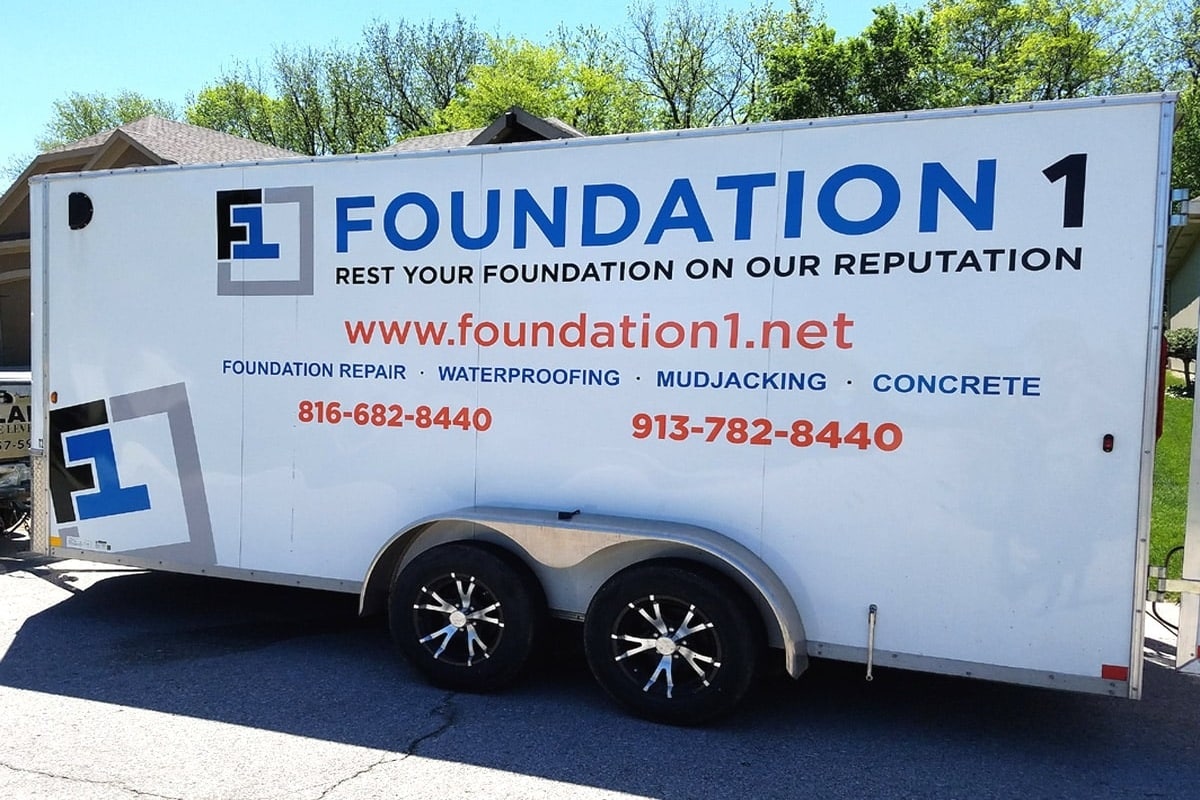A smooth and level concrete driveway is not just about aesthetics; it’s about safety, longevity, and preventing costly repairs down the line. If you’ve noticed uneven surfaces, pooling water, or cracks forming, it’s time to take action. Leveling your driveway can prevent these minor issues from turning into major problems. In this guide, we’ll take you through how to level a concrete driveway effectively, addressing common concerns and providing practical solutions.
How to Level a Concrete Driveway
Leveling a concrete driveway might sound like a daunting task, but with the right approach, it can be straightforward. The most effective method involves using polyurethane foam injections to lift and stabilize the concrete. Here’s how we do it:
- Assessment and Preparation: Before we begin, it’s crucial to assess the condition of the driveway. We check for cracks, dips, and any underlying issues that may be causing the driveway to shift. Addressing these underlying issues is vital because simply leveling the surface without fixing the root cause will only provide a temporary solution. Common culprits include improper drainage, such as downspouts discharging water toward the driveway, or a hill pitching towards the driveway, leading to erosion beneath the concrete.
- Drilling Injection Points: Once we’ve identified the problem areas, we drill small holes in the concrete. These holes are strategically placed at various points across the driveway to allow the polyurethane foam to be injected evenly. The number and placement of these holes depend on the severity of the unevenness.
- Polyurethane Injection: Next, we inject polyurethane foam into the drilled holes. This foam expands beneath the concrete, filling voids and lifting the slab back to its original position. The foam hardens quickly, stabilizing the driveway and preventing further sinking.
- Final Adjustments and Sealing: After the foam has fully expanded and the driveway is level, we seal the injection points and any cracks that may have formed. This step is crucial to ensure the longevity of the repair and to prevent water from seeping underneath the concrete, which could cause future issues.
- Inspection and Cleanup: Finally, we inspect the entire driveway to ensure the leveling is even and consistent. Any excess foam is trimmed, and the surface is cleaned to restore the driveway’s appearance.
Addressing Underlying Issues
Leveling a concrete driveway is not just about fixing the surface; it’s about addressing the underlying causes of the problem. For instance, a driveway might sink due to improper drainage, where water is consistently directed towards the base of the concrete. Addressing small issues like ensuring downspouts discharge water away from the driveway or adjusting the landscape to prevent erosion can have a significant impact on the driveway’s longevity.
Comparing Driveways and Sidewalks: What’s Easier to Level?
When it comes to leveling, driveways are generally easier to manage compared to sidewalks. This is because driveways are larger and uniformly structured, which allows for a more controlled lifting process. Sidewalks, on the other hand, can be tricky because they are often not pinned to any solid structure, making them more prone to shifting and uneven settling. In our experience, some driveways come up like a dream, while others can be more challenging, depending on the original installation quality.
Signs of Compromised Concrete
It’s important to recognize the signs that your concrete driveway might need more than just leveling. If you start to notice cracks roughly two feet apart, this could indicate that the integrity of the concrete has been compromised. Often, these cracks form around rebar, which can rust and cause further damage to the concrete. In such cases, the concrete may be beyond repair, and replacement might be the more cost-effective solution.
Concrete Quality and the Contractor’s Role
The quality of the concrete and how it was initially poured plays a significant role in the longevity of your driveway. If the concrete wasn’t mixed or poured correctly, or if the steel reinforcement wasn’t installed properly, the driveway is more likely to shift or crack. Essentially, the condition of your driveway could very well depend on how the contractor was feeling on the day it was poured. Cutting corners, such as using lower psi concrete or insufficient reinforcement, can lead to early failure of the driveway, necessitating more frequent repairs or even replacement.
Weighing Replacement vs. Repair
Deciding whether to repair or replace your driveway comes down to a few key factors: the extent of the damage, the underlying issues, and the cost. While leveling a driveway is less invasive and more affordable, sometimes replacement is the only viable option, especially if the concrete quality was poor to begin with. The cost of replacing a driveway can range from $11 to $17 per square foot, including tear-out and repour. However, it’s important to weigh the value of the repair against the overall property value.
For example, having a $5 million home with a $1,500 driveway that needs frequent repairs may not make economic sense. In such cases, replacement might be the better option to ensure the driveway complements the property’s value. But if the underlying issues can be addressed and the driveway is otherwise in good condition, leveling can be a smart and economical choice.
In Summary: Making the Right Choice
Leveling your concrete driveway is a smart way to extend its life and maintain the curb appeal of your home. By addressing both the surface and the underlying causes of unevenness, you can avoid more costly repairs down the road. If you’re unsure whether to level or replace your driveway, it’s always best to consult with professionals who can assess the situation and provide expert advice.
Contact us today to learn more about how we can help you level a concrete driveway and keep it in top condition.




